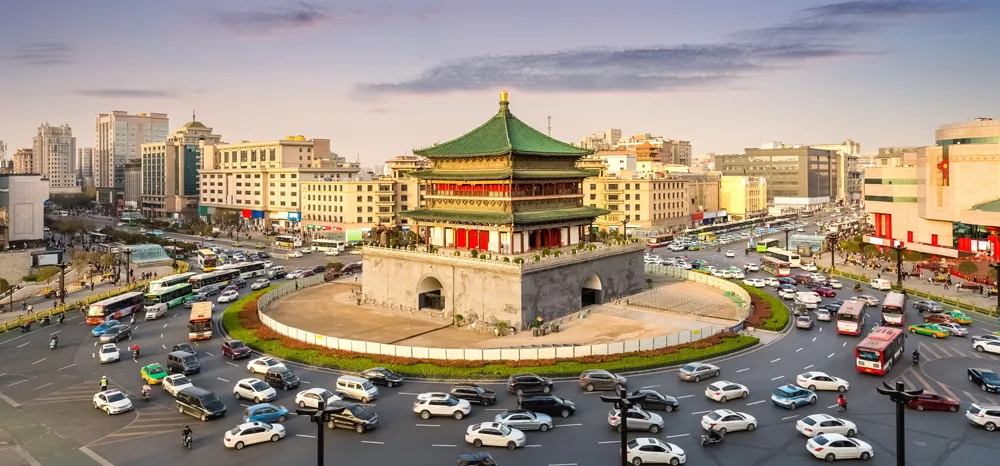Earthcam has revealed an innovative construction camera deployment on the Niantic River Movable Bridge Project in Connecticut where work began in February on an Amtrak railroad bridge scheduled for completion in May, 2013.
March 1, 2012
Read time: 2 mins
Amtrak sought a solution to how it could record and document progress on a relatively remote construction site where there is virtually no infrastructure nor communications bandwidth and provide both remote project management and transparency with access to the general public.
An equally important challenge arose; how could project managers conduct cost-effective meetings and monitor the jobsite when the engineering company contracted for the project is located in Philadelphia, over 200 miles away?
After successfully providing a complete webcam system solution for Amtrak at their Thames River Project, EarthCam was engaged again to design a construction camera solution that would provide live video monitoring of the jobsite saving repeated trips to the location and hence, time and dollars.
EarthCam selected one of its 300-plus solutions, suggesting to install and maintain its ConstructionCam, a wireless all-weather, 420x zoom, 360 degree pan streaming video network camera system at the Niantic River Movable Bridge Project.
Meetings between the project manager, the construction crew and the engineering team in Philadelphia are now held on line utilising EarthCam's multi-functional Control Center 7 software service. The project manager can actually point, tilt and optically zoom the camera as needed from his computer utilising EarthCam's powerful software package, allowing the engineers to see any portion of the project they need to examine in high-resolution. Additionally they are able to check accurate weather details, view a time lapse movie or make use of any number of other system tools. To further extend Amtrak's investment, the camera images are fed to a public website to support local community relations.
The Amtrak project manager uses the site to his advantage also keeping an eye on the real time river traffic from his desktop computer. With continual live streaming of the jobsite (as opposed to a camera which only updates every 15-minutes), he can head off a potential problem or concern (a large barge and/or tug coming up or down river) before it becomes an issue. He also monitors inspections in real time, as well as reporting and documenting the project with all-in-one easy-to-use technology provided by EarthCam.










